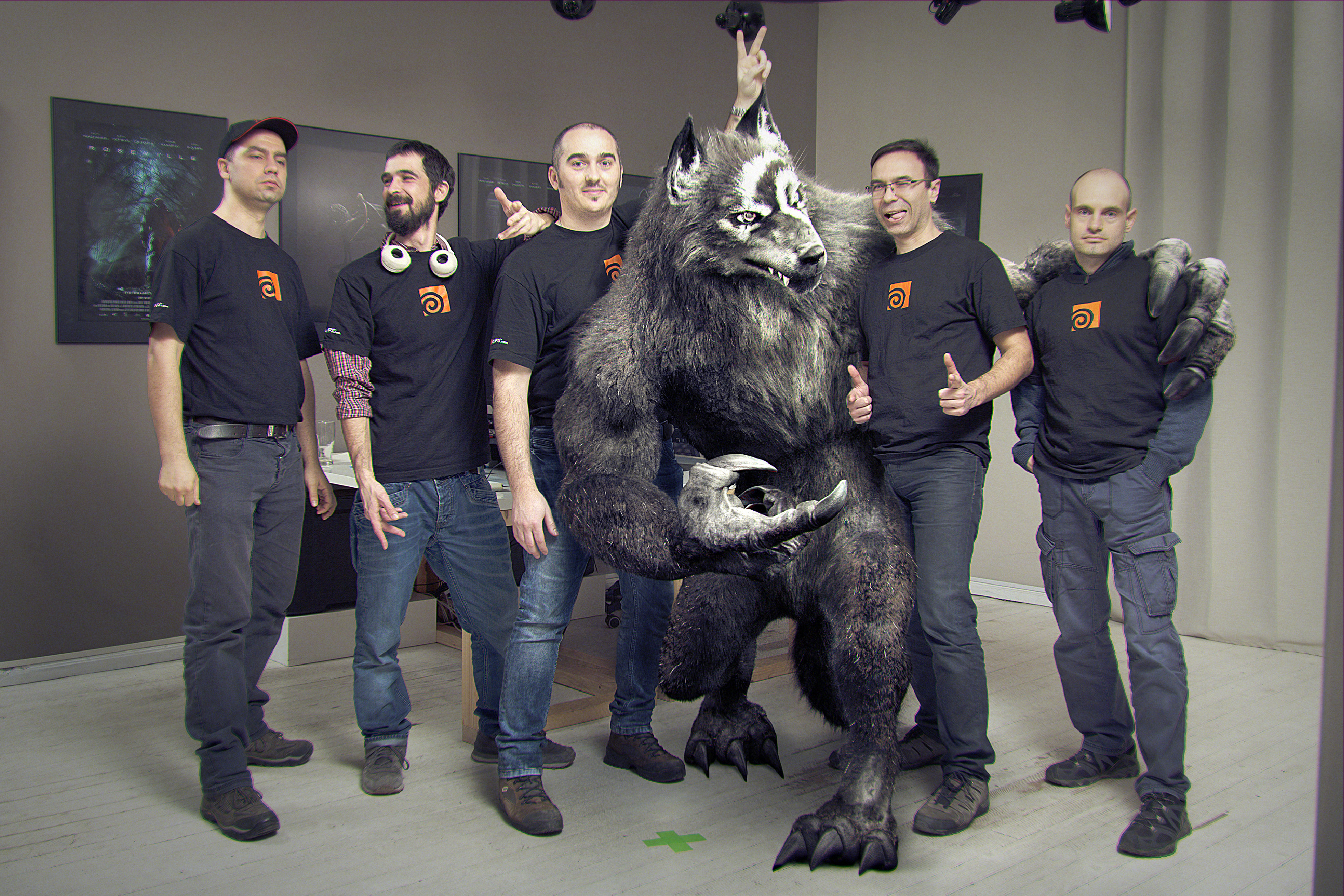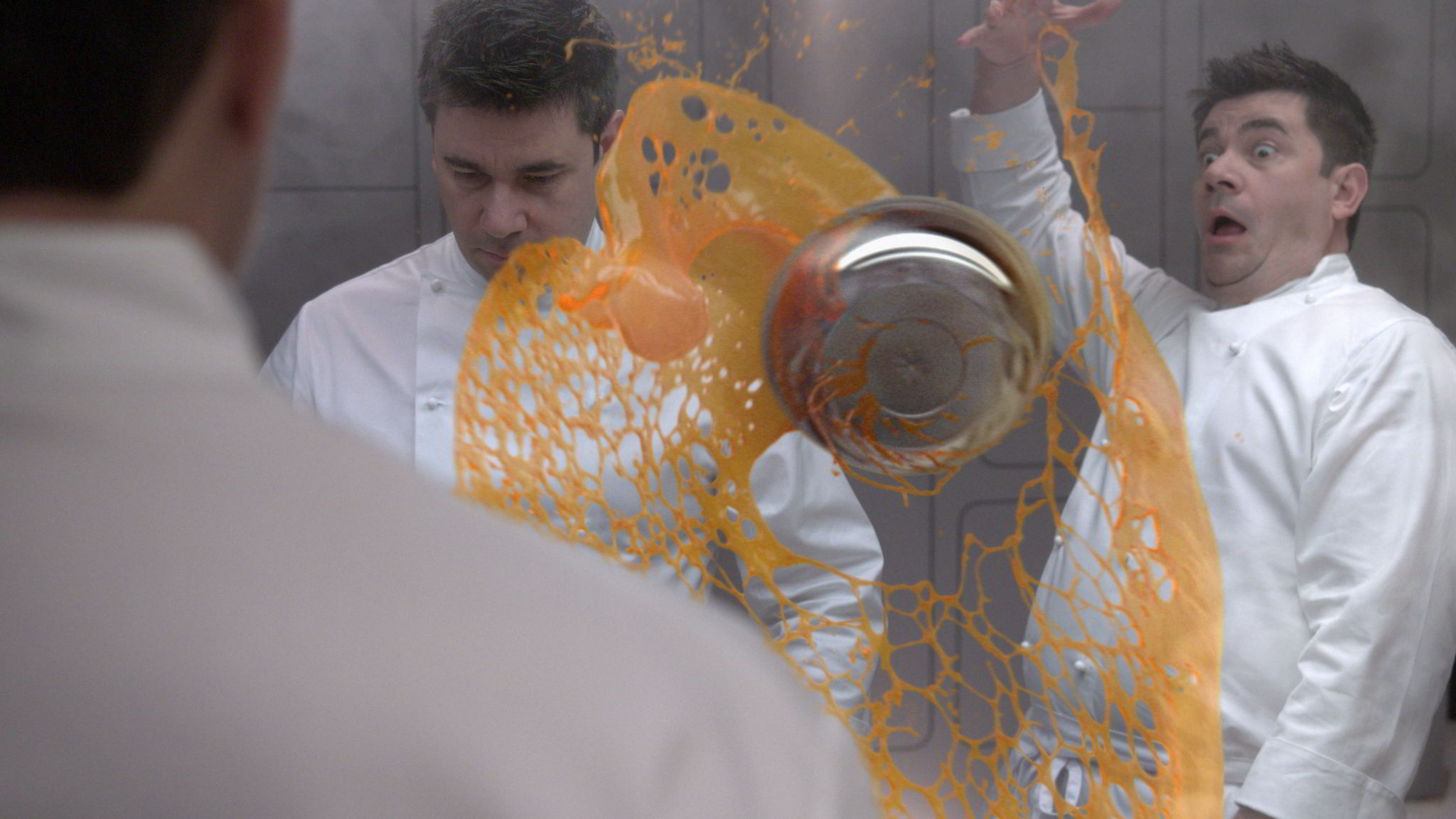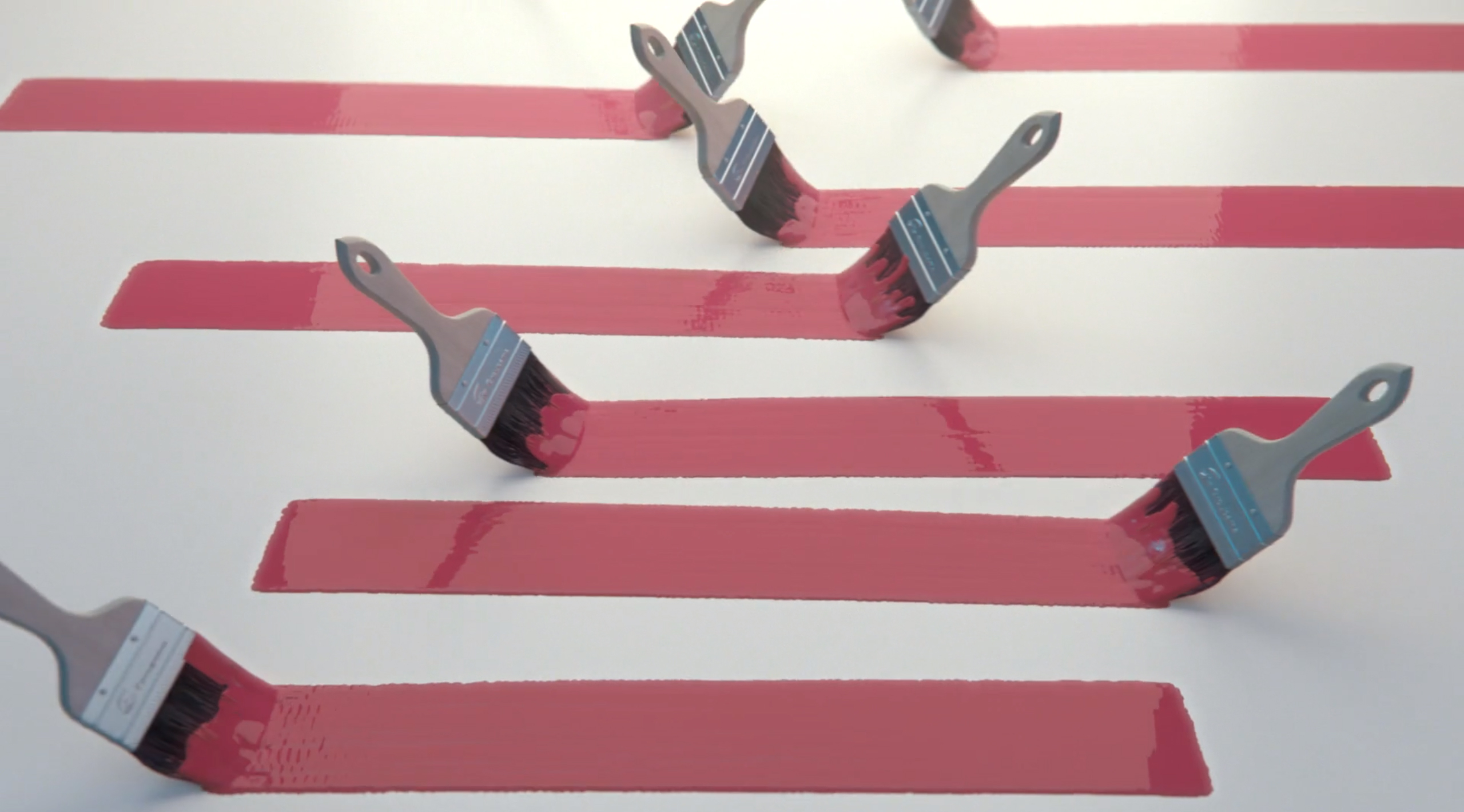Q&A: Red Ring Entertainment


FMX 2018 just wrapped up and amongst the presenters
were two guys from Red Ring Entertainment, Kalin Stoyanov and Ivo Tonchev. While not everyone may recognize their names at first, anyone who has seen the sneak peek video from Houdini 16 will surely have seen their work. The breathing frosty wolf in the beginning, the Amarok, was done as a collaboration between Red Ring and SideFX.
Former XSI studio
This Bulgarian boutique FX house which relied almost exclusively on Softimage, have now included Houdini into their toolkit. In the early days of Houdini 16, with new fur tools under development, Red Ring were brave enough to take a crack at that first iteration of the newly architected toolset. Under tight constraints, they made this sweet animation, which we are incredibly honoured to have been able to feature for the H16 release.
Today, we have Kalin Stoyanov, one of the founders of Red Ring, for a chat. Kalin - a big thanks to you and Red Ring, for taking the challenge and working with us on Amarok. We can only appreciate what you were going through, test-driving new groom tools and figuring out rigging and animation in Houdini - all for the very first time! But before we get into that, can you give us a bit of background about Red Ring?
Red Ring is a boutique Animation & VFX studio located in Sofia, Bulgaria. Our goal is to stay as creative as possible. The core team is 8 people, but for large projects, we scale up. There is an inspiring view from the balcony to the nearby mountains.
What kind of work do you mostly do?
We don’t concentrate on specific types of projects. We work a lot in commercials, as well as in film. If there is some spare time, we work on several in-house projects, which range from animated features to sci-fi TV series.

There are other 3D software packages on the market - what was the reason for looking at Houdini?
After the closure of XSI, we started looking for a new home. As artists, we wanted a loyal partner and we were looking for a long term relationship. We needed a solution with no black boxes, where everything just depends on your knowledge and creativity, and not on software limitations.



How was it to transition to Houdini?
Well, the learning curve is steep if you are coming from other packages. You have to forget what you know about 3D in general, and start all over from the beginning. As artists with 15+ years in the industry, it was a bit scary.

When did you start using Houdini and for how long?
We started using it in 2014 and in the beginning, only as a test. We’ve been listening about Houdini from artists around the web and decided to give it a try. At that point, we were still XSI-based. Closing down Softimage was the catalyst that forced us to go more into Houdini.
In general, what areas do you use Houdini for?
Houdini is our only 3D package. We like complete solutions, where you don’t have to jump from one software to another. And after we found Redshift, our pipeline was complete.
Where would you like to see improvements or changes to Houdini?
As animators, we’d like to see improvements in the animation interface. The tools are there; they just have to be arranged in a more user friendly way. Right now, it feels too technical to manipulate animation channels, layers and curves.

What render engine do you use?
We used to use Mantra, but we are now transitioning to Redshift. The speed is lifesaving some times. Mantra produces highly refined quality renders, but speedwise for the work we do and the turnarounds, we found Redshift more efficient in lookdev and for final renders.

As someone who has transitioned to using Houdini, what recommendations and advice to you have to someone looking into using Houdini?
When we started, the docs were scarce. There were not that many tutorials, but still there were some forums to help solve problems. One thing an artist has to remember – one has to empty the glass before starting to fill it up again. With Houdini, you have to start learning 3D from the beginning - at least, this was the case for us anyway. You have to understand the logic behind a node-based 3D software. People who are used to pushing shiny colorful buttons in other software packages will have to teach themselves a new logic of working. But once you trick your mind into the new workflow, you start to enjoy combining tools together to work for you, so you don’t get into a panic like in other software packages... where you don’t have a dedicated button and have to start scripting. This is our feeling anyway.


About yourself, Kalin - before Red Ring, what did you and Ivo do?
Ivo and I both met at one of the biggest Bulgarian post-production studios back then, called Zographic. I was a rookie, trying to learn 3D and Ivo was just back from UK after finishing his animation degree at Bournemouth University. After Zographic closed, we parted ways for 10 years, only to finally meet again with the crazy idea of wanting our own studio.
How did Red Ring, as an idea, begin?
Red Ring was a side-project which started as a way of allowing us to develop our own personal projects. But we were constantly asked if we could do regular projects as well. So slowly, Red Ring turned into a fully functional boutique studio.



Fast-forward to 2018, where you’ve worked on projects ranging from concept design, motion graphic screens for film, Hell’s Kitchen and other commercial spots - it’s cool to see the varying styles per project. And then to work together on Amarok, which is totally different. It feels like a long time has passed since our collaboration, but looking back it was only about 1 year and a half ago. Care to share the experience from your side?
We were extremely surprised to get contacted by SideFX. We never expected that a small studio from Eastern Europe could get the attention of one of the most renowned 3D software companies. It turned out that you care about the small studios as well, and not only the mastodons. It feels like we are part of a family, which is exactly what we’ve been looking for, after the closure of XSI. Working with artists is a bit different than just selling the product to a regular customer. Software vendors have to realize that this is not just business as usual.
So the version for H16 release was for the intro, but you have since created a different animation with Amarok, with some super atmosphere. Asides from wanting to create beautiful artwork, what did you want to push or test with this animation?
There is the saying, “If there is a gun in the movie, it should be fired till the end.”
We are animators and since we had a readymade 3D model in hand, we decided to play around a bit. Facebook adding a video cover helped us to find a reason to do a short animation. The whole point was to have fun; if an artist works just for money, probably this profession is not for that person.

Two weeks back, you were in Stuttgart for FMX. Was it your first time? How was it?
Yes, it was. We were thrilled to be there. We were quite nervous, which is understandable I guess. We are more comfortable talking with people in person (one on one), but standing in front of an audience with a pre-recorded presentation was worrying for us. But we still enjoyed it very much!

What was your presentation on?
We talked about Amarok, the mythical creature we created for the Houdini 16 launch and presentation. But our main goal was to convince people that Houdini is a capable tool for character animation as well. Even experienced artists (from other software background) believe Houdini is good only for heavy simulations. We showed our character work in an attempt to change people’s mind. Additionally, we wanted to share our scene files from the animation, so that those who are interested could explore how Houdini can be used for character work. There are also 2 versions of the files; one which is optimized for Mantra and the other for Redshift. You can download the files below!


What project is Red Ring currently working on these days?
Well, some very interesting commercials as well as one hell of a movie (we are not allowed to talk about it :))!
Asides from CG, what are your hobbies?
Our favourite hobby is... more work. Joking! :)
I like motorcycling and also love doing manual things like carpentry. I have a small workshop in my basement, it’s very relaxing to do this after the countless hours being in front of the computer.
Ivo is more extreme guy. He loves hiking in the mountains, rock climbing and exploring uncharted caves.
Well, Kalin - thank you and Red Ring for your time, and for sharing your knowledge and techniques to the community!

Rigging Videos by Kalin Stoyanov
www.sidefx.com/tutorials/horse-rig-intro
www.sidefx.com/tutorials/horse-rig-parenting-and-linking-objects
www.sidefx.com/tutorials/horse-rig-constraining-to-the-surface
www.sidefx.com/tutorials/horse-rig-transferring-the-bone-weights
www.sidefx.com/tutorials/mirroring-and-transferring-the-blendshapes
www.sidefx.com/tutorials/creating-a-bones




COMMENTS
Please log in to leave a comment.